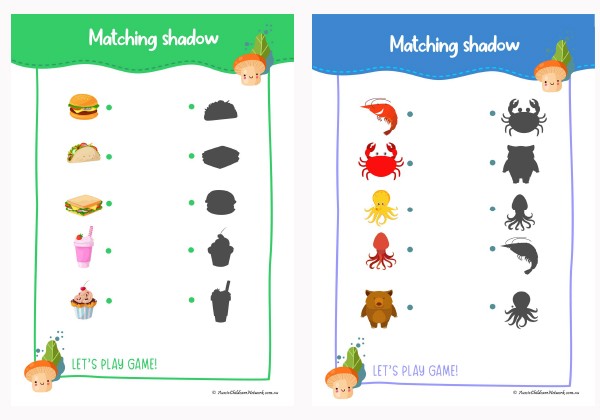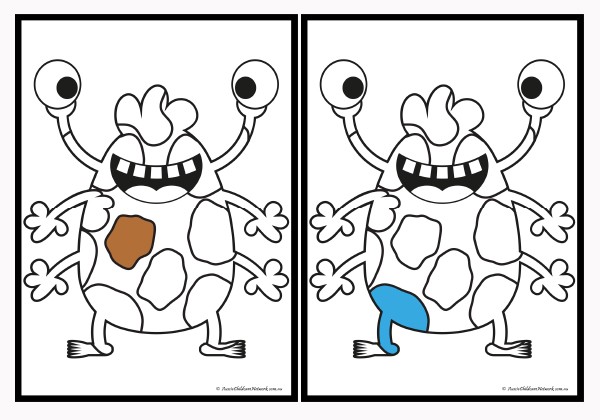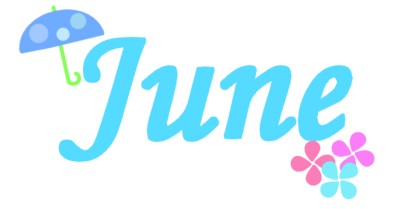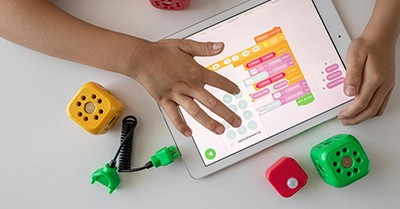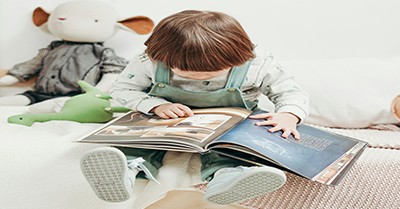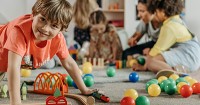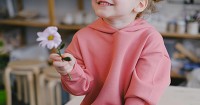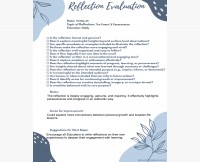Additional Info
- Category Child Obs Template
- Css Class child_obs
- Download Link https://aussiechildcarenetwork.com.au/eylf-templates/premium-templates/download-photo-observation-pastel
- Sample Link eylf-templates/templates-samples/category/1734-photo-observation-pastel-samples?download=11076:photo-ob-pastel-sample
- Last Updated On Tuesday, 20 May 2025
- Version 1.1.0
- Settings LDC, FDC, OOSH
- Framework EYLF
- Type Premium
- Format pdf, word
More...
Creating a warm and inviting space in a pack-up, pack-down setting can be challenging, but with a few thoughtful touches, you can transform the environment into a welcoming and engaging space for children and families. Here are some tips and tricks to enhance the atmosphere:
There are so many wonderful ways to help children connect with nature and understand its importance! Here are a few engaging experiences you can implement in an early childhood setting.
From 27 May to 3 June National Reconciliation Week is a time for all Australians to engage in shared histories and cultures, and understand how we can all work towards reconciliation. The following article provides Curriculum Ideas To Implement during National Reconciliation Week.
Additional Info
- Category Reflections Template
- Css Class reflections
- Download Link https://aussiechildcarenetwork.com.au/eylf-templates/premium-templates/download-reflection-evaluation
- Sample Link eylf-templates/templates-samples/category/1732-reflection-evaluation-samples?download=11073:reflection-evaluation-sample
- Last Updated On Tuesday, 20 May 2025
- Version 1.1.0
- Settings LDC, FDC, OOSH
- Framework General
- Type Premium
- Format pdf, word


